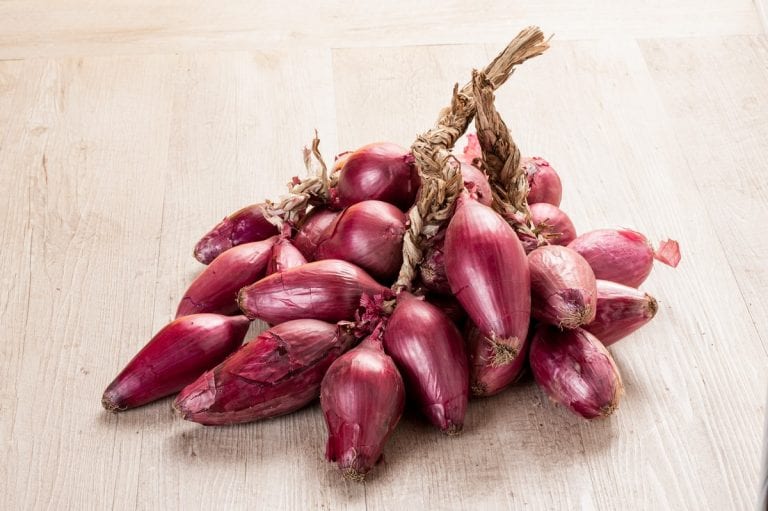Cipolla rossa e Costa viola
Tropea red onion is the name given to the red onion grown in Calabria and produced between Briatico and Capo Vaticano (in the province of Vibo Valentia). The story goes that it was imported by the Phoenicians over 2,000 years ago and still today the Calabrians are thankful because it has now become the undisputed protagonist of the Costa Viola tour: on the one hand the crystal clear sea, on the other its unparalleled scent that comes strong and clear from the soil to the nostrils. Its main feature is the sweetness probably due to the stable and mild climate in winter, and the proximity of the sea, plus the quality of the soil.
In Tropea, the onion harvest is still done by hand and begins at the end of June, continuing throughout July. Traditionally, red onions are dried and woven "in braids", this is how they are preserved until the next harvest.
Health benefits
Very pleasant eaten raw, sweeter and more aromatic than white and golden onions. Their beneficial active ingredients give their best when raw. Fresh breath, indeed! In addition to being rich in flavour and nutrients, red onions have something extra: quercetin (the flavonoid responsible for the red skin), a valuable antioxidant for the immune system which, together with vitamin C protects our capillaries and is an effective ally against cancer cells. But this substance has a thousand other beneficial implications: it lowers blood pressure, reduces inflammation and the risk of arteriosclerosis, protects the heart and the entire cardiovascular system, reduces bad cholesterol. It's also rumored that it contains the active ingredient of one of the world's most famous tablets: viagra. Seeing is believing.
Recipes with Tropea red onion
Employed in soups and omelettes, not to mention fresh and sweet summer salads, red onions are found in so many recipes that it would be impossible to list them all. So let's take one to represent them all: jam made from this "natural red". Just clean and slice the onions, and add them to 1 litre of boiling water. Then add sugar (500 g) and a dose of apple pectin. Stir the mixture constantly, and voilà: in 30 minutes the jam is ready to accompany meats or aged cheeses.


 Women are the best sommeliers. Here are the scientific studies
Women are the best sommeliers. Here are the scientific studies Where to eat at a farm stay in Sicily: the best addresses in the Provinces of Trapani, Palermo, and Agrigento
Where to eat at a farm stay in Sicily: the best addresses in the Provinces of Trapani, Palermo, and Agrigento Wine in cans, bottle-fermented, and alcohol free: the unstoppable change in Gen Z’s tastes
Wine in cans, bottle-fermented, and alcohol free: the unstoppable change in Gen Z’s tastes The great Bordeaux exodus of Chinese entrepreneurs: around fifty Châteaux up for sale
The great Bordeaux exodus of Chinese entrepreneurs: around fifty Châteaux up for sale Dubai speaks Italian: a journey through the Emirate's best Italian restaurants
Dubai speaks Italian: a journey through the Emirate's best Italian restaurants






